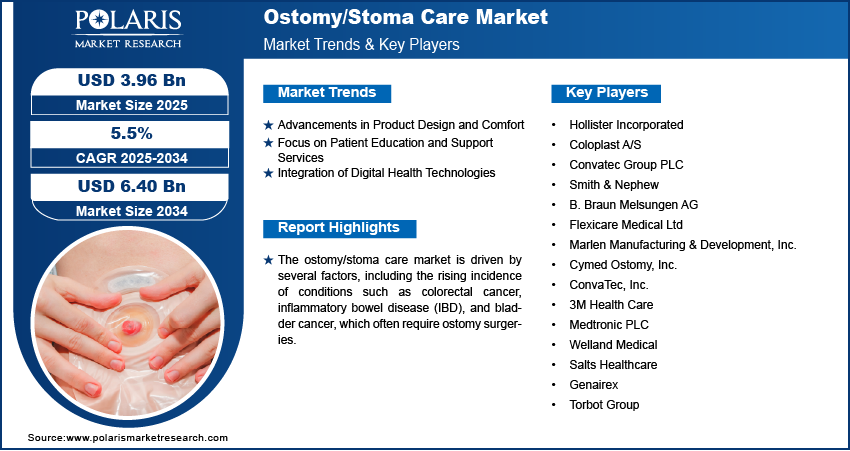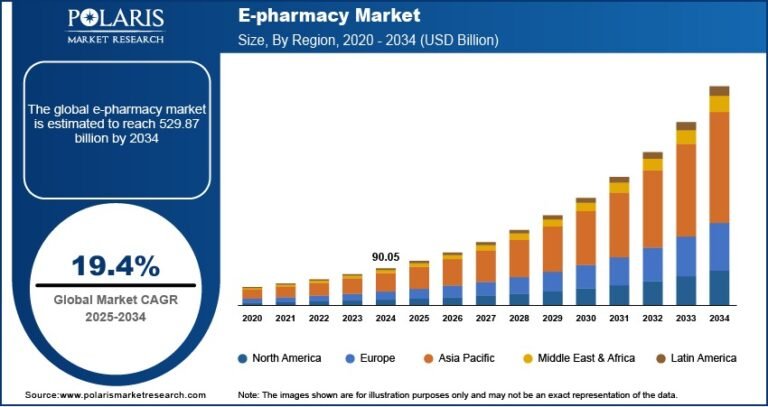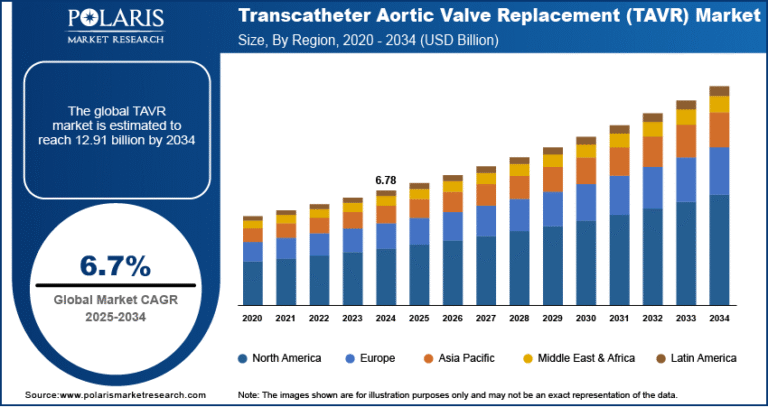Global Ostomy & Stoma Care Market Outlook: Trends, Drivers & Future Prospects

The Ostomy/Stoma Care market is witnessing accelerated growth, driven by rising incidences of colorectal cancer, inflammatory bowel diseases, and other digestive disorders requiring stoma surgery. With millions of people worldwide living with an ostomy, demand for specialized care products is increasing, prompting innovation, improved patient outcomes, and greater quality of life.
📊 Market Size & Growth Forecast
The global ostomy/stoma care market size is expected to reach USD 6.40 billion by 2034, according to a new study by Polaris Market Research. This steady expansion is supported by aging demographics, growing awareness, rising healthcare spending, and expanding access to surgical care in developing regions.
🧭 Key Market Drivers
-
Rising Disease Incidence: Digestive cancers, inflammatory diseases, and trauma cases are leading to more colostomies, ileostomies, and urostomies.
-
Improved Survival & Chronic Care: Patients now live longer post-surgery, increasing demand for lifetime adoption of reliable, comfortable care solutions.
-
Product Advancements: Flexible seal adhesives, odor control systems, low-profile pouches, and skin protection pastes aim to reduce skin complications and elevate user comfort.
-
Awareness & Training: Support from healthcare providers and non-profits has improved patient education, reducing complications and increasing uptake of ostomy products.
-
Reimbursement Policies: Many countries include ostomy supplies in public or private insurance, making access more affordable and reshaping purchasing behavior.
🛠️ Challenges & Barriers
-
Cost & Reimbursement Gaps: In regions with limited insurance, product affordability remains a barrier.
-
Skin Complications: Peristomal skin irritation and leakage remain widespread; continuous product improvement and patient education are essential.
-
Stigma & Accessibility: Cultural taboos and lack of community support impede adoption and confident use of ostomy products.
-
Patient Training Needs: Proper usage hinges on education regarding product fitting, changing routines, and complication prevention.
Request a Free Sample Research PDF: https://www.polarismarketresearch.com/industry-analysis/ostomy-care-market/request-for-sample
🔭 Future Trends & Opportunities
-
Tailored, Skin-Friendly Products: Moldable barriers, hypoallergenic adhesives, and antimicrobial coatings to minimize skin damage.
-
Discreet, Low-Profile Systems: Ultrathin, opaque pouches with effective odor control redefine function and aesthetics.
-
Smart Ostomy Devices: Early digital monitoring technologies offer leakage alerts, usage tracking, and remote clinician support.
-
Biodegradable & Reusable Solutions: Sustainability efforts focus on compostable materials or reusable fabric pouches.
-
Patient Education Platforms: Virtual training, mobile apps, and peer-support groups enhance self-care and adherence.
-
Emerging Markets Entry: Global manufacturers are forging partnerships and expanding distribution in India, China, Brazil, and Southeast Asia.
🔍 Market Segmentation
-
By Surgery Type Outlook
- Colostomy
- Ileostomy
- Urostomy
By Product Outlook
- Ostomy Bags
- Ostomy Accessories
By End Users Outlook
- Hospitals & Speciality Clinics
- Homecare Settings
- Ambulatory Surgery Centers
𝐄𝐱𝐩𝐥𝐨𝐫𝐞 𝐓𝐡𝐞 𝐂𝐨𝐦𝐩𝐥𝐞𝐭𝐞 𝐂𝐨𝐦𝐩𝐫𝐞𝐡𝐞𝐧𝐬𝐢𝐯𝐞 𝐑𝐞𝐩𝐨𝐫𝐭 𝐇𝐞𝐫𝐞: https://www.polarismarketresearch.com/industry-analysis/ostomy-care-market
🌍 Regional Insights
-
North America: Commands the largest share due to high per-patient product usage, strong healthcare infrastructure, and reimbursement systems.
-
Europe: Follows North America, with some markets displaying strong product penetration fueled by patient support programs.
-
Asia-Pacific: Fastest-growing region driven by rising surgical volumes, healthcare modernization, and improved product awareness.
-
Latin America & MEA: Emerging markets with growing hospital capabilities and increasing prevalence of colorectal conditions.
✅ Summary
The ostomy and stoma care market is on a strong growth trajectory, anchored by improved patient outcomes, surgical advances, and evolving product technologies. As new, discreet, and environmentally conscious solutions emerge, patient acceptance and comfort continue to grow. Successful market participants will prioritize education, innovation, and localized access strategies to meet global and regional patient needs.






